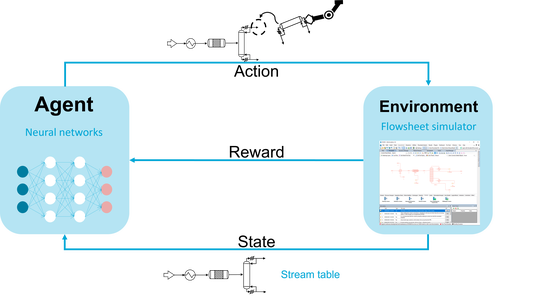Research projects
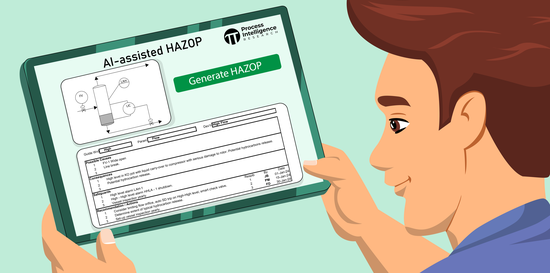
AI-Enhanced HAZOP
Our research project is a pioneering endeavor aimed at harnessing the power of Artificial Intelligence (AI) to revolutionize Hazard and Operability (HAZOP) studies and significantly enhance safety measures. \
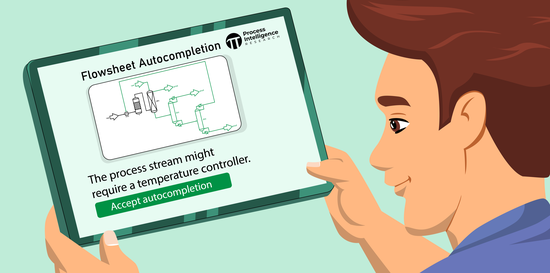
Autocompletion of engineering diagrams
We propose a novel method enabling autocompletion of engineering diagrams such as flowsheets. This idea is inspired by the autocompletion of text.
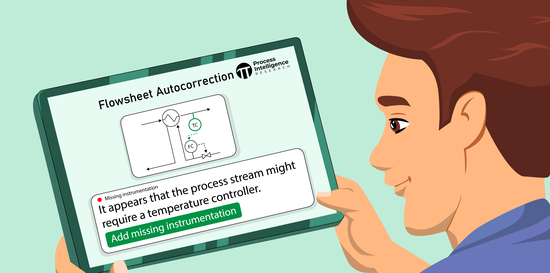
Autocorrection of engineering diagrams
Automatically correcting errors is already standard for text documents. We develop this technology for engineering diagrams such as Piping and Instrumentation Diagrams (P&IDs), process flow diagrams (PFDs), or flowsheets.
Automatic generation of P&IDs with Artificial Intelligence
We automatically generate engineering diagrams.
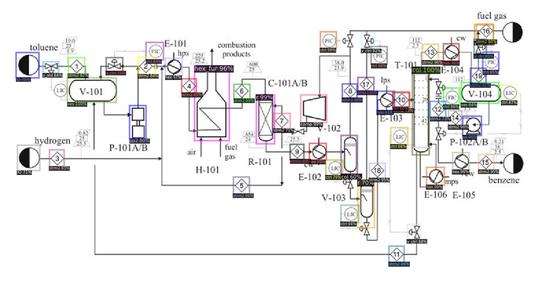
Flowsheet digitization
The goal of flowsheet digitization is to extract the flowsheet topologies from the flowsheet images and save them in a graph format.
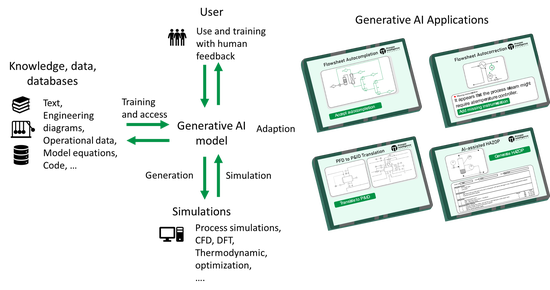
Generative artificial intelligence (AI) in chemical process engineering
Generative artificial intelligence (AI) is transforming several sectors. This Comment provides a viewpoint outlining the potential significance of generative AI for chemical process engineering. Moreover, challenges for future research and development are outlined.
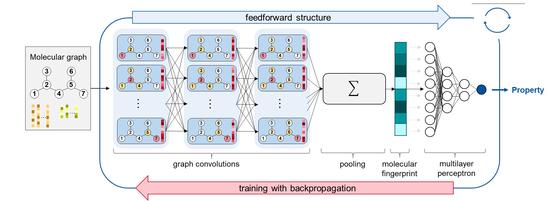
Graph Neural Networks
Graph neural networks (GNNs) are a machine learning method that has shown promising results for the prediction of structure-property relationships.
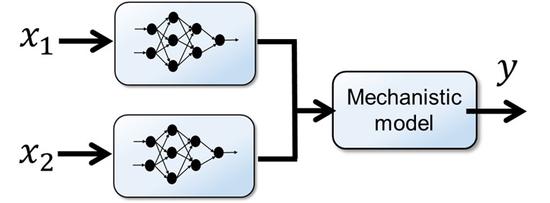
Hybrid modeling
Integrating knowledge into AI is of utmost importance in chemical engineering.
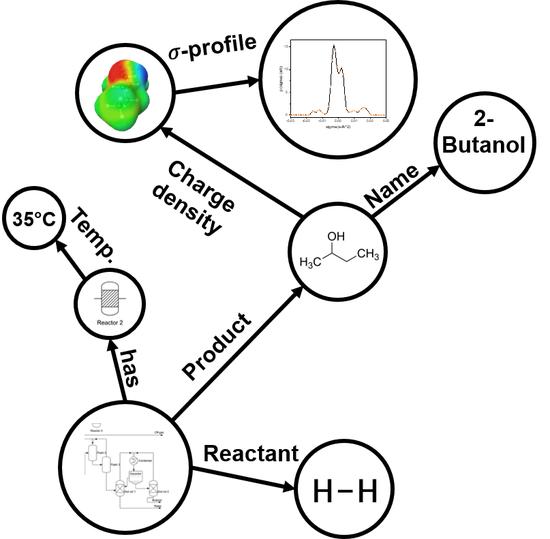
Knowledge graphs
Knowledge graphs link our data in a meaningful way.
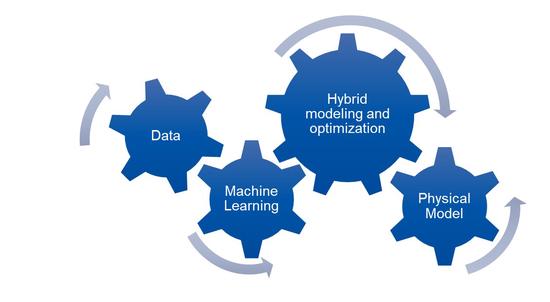
Optimization with surrogate models embedded
Data-driven surrogate models can learn nonlinear input-output relations and replace expensive simulations or experiments in optimization studies.
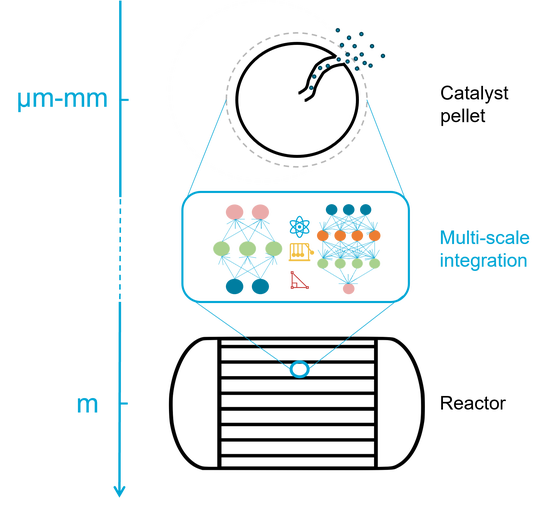
Physics-informed machine learning for process modelling and optimization
Physics-informed neural networks (PINNs) enforce physical laws that are described by general nonlinear partial differential equations during training. This approach drastically reduces the data demand and prevents overfitting. We explore the potential of physics-informed neural networks in bioengineering.
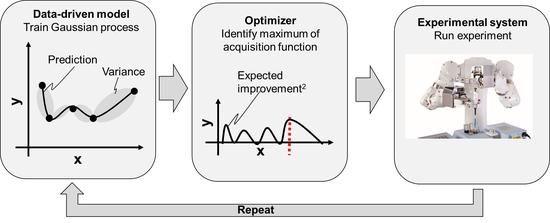
Self-optimization
Autonomous reaction platforms and robots are the future of chemistry and biotechnology laboratories.
